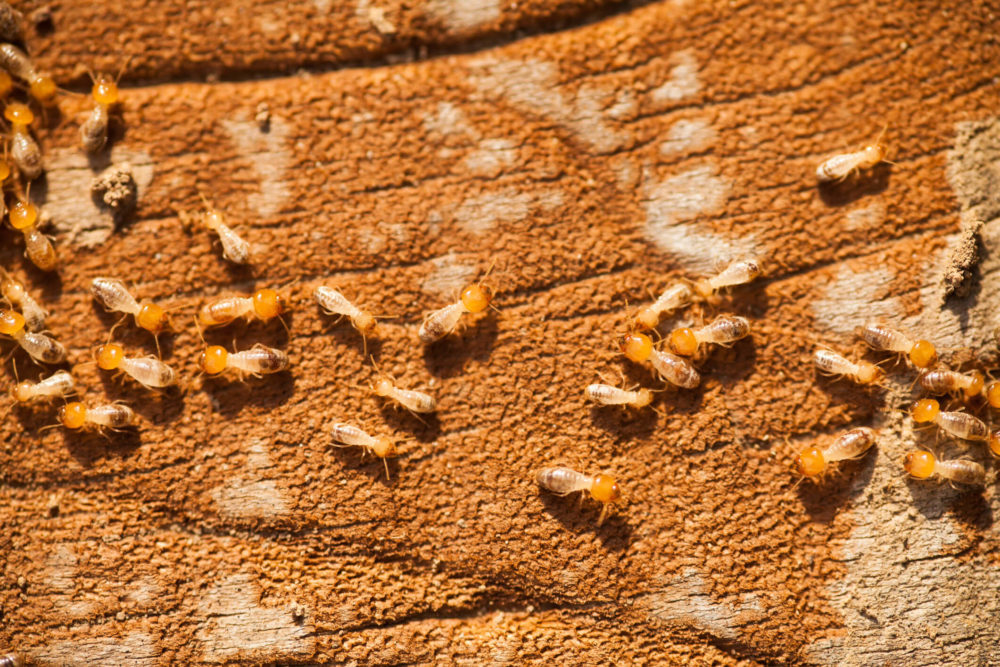
Termites are small, social insects that belong to the order Isoptera. They are often called "white ants," although they are not related to ants. Termites feed on dead plant material, such as wood, leaves, and soil, and play an important role in nutrient cycling in many ecosystems.
Termites can cause significant damage to homes and other wooden structures. They can break down cellulose, which is found in plant fibers, and use it as a food source. This means that termites can eat through wooden structures and cause significant structural damage over time.
There are several species of termites, and their behavior and habitat can vary depending on the species. Some termites build large mounds, while others live in underground nests. Some species of termites are considered pests because they cause damage to wooden structures, while others are considered beneficial because they help break down dead plant material and contribute to nutrient cycling in ecosystems.
Termites devour anything from furniture to books and insulation to even pool liners and channels. Heavy infestations might also cause serious damage to your home’s interior walls
Termite infestations usually start with the home’s foundational wood. You may discover these infestations in places like crawl spaces or along the structural walls.
Significant harm to these places can be costly due to the difficulty of restoration. Not to forget, such damage frequently affects other aspects of your home too.
Many portions of your home include wood that is difficult to assess. Termite-prone material involves the wood beneath your house, inside the walls, in closets, and other similar areas.
Termites that begin on the wood beneath your house will travel into your walls if not controlled. They’ll ultimately ruin your furniture and paper goods as well.
Subterranean termites, on average, produce greater damage than dry wood or damp wood termites. These termites dwell in massive colonies with thousands of termites within every colony. Therefore, they inflict a lot of harm in a short amount of time.
Drywood termites do not need moisture and will eat away at your property despite moisture maintenance.
The first stage in termite control is to be aware of their presence. Termites seldom surface from the earth, mud tubes, or sources of food that they burrow through.
The following are among the methods for determining whether you have termites:
Here are some signs of termites in your home:
Termites can cause significant damage to a home or building if left unchecked. Here are some steps you can take to remove termites:
It is important to take action as soon as you notice signs of termite infestation to prevent further damage to your property.
The treatment for termites depends on the severity of the infestation and the type of termites involved. Here are some common treatment options:
Types of treatments that we do before construction and can gives the Warranty up to 20years.Lets check what is the process that we do before construction.
It is important to apply termite treatment before construction to ensure that the building isprotected from termites from the very beginning. Once a termite infestation has taken hold, it can be difficult and expensive to eradicate, and can cause significant damage to the structure.
It's important to note that treating termites can be a complex and potentially dangerous process, and it's often best to hire a professional pest control company to assess the situation and recommend the most effective treatment option.
We, Asly Facilities Management Company provide the right solution for all your pest issues including Ant-Termite Treatment. We do Pre and Post Construction Ant-Termite Treatment. Our skilled technicians will help you to get rid of all flying and crawling insects. For assistance you can call us at +971 581581651 or can email us to info@aslyfm.com.
Copyright 2022. Designed By Risbuzz